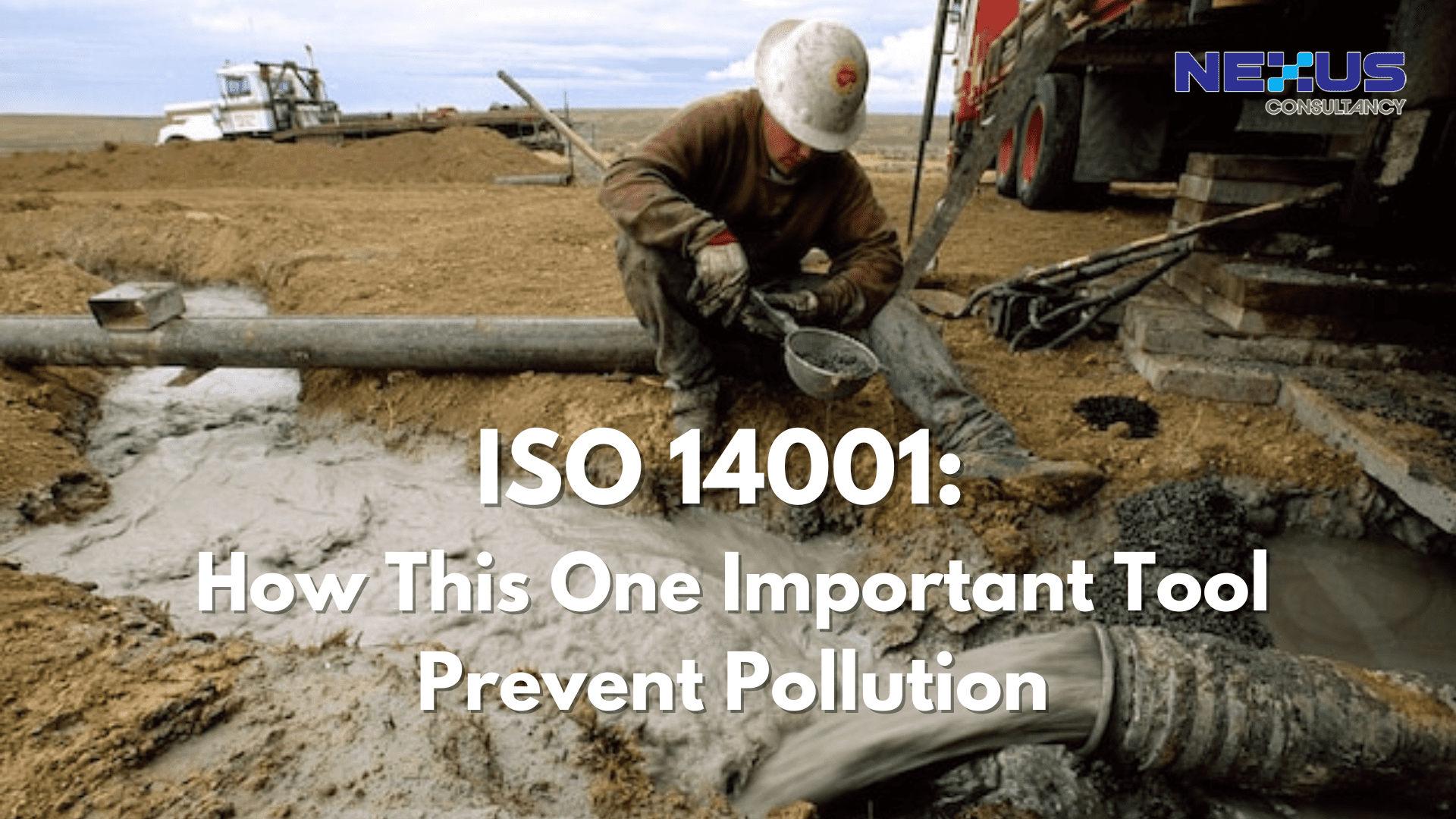
Darren Tang
Director
Identification and evaluation of significant environmental aspects, especially in the planning phase, is the most fundamental part of ISO 14001. Understanding the environmental aspects and impacts is one of the key success factors of implementing an ISO 14001 EMS.
-3 mins read

Many businesses look for ways to protect the environment in the course of their operations. Interested parties like customers and vendors also emphasize on the commitment to the environment. A practical solution for businesses to manage the environment would be adoption of ISO 14001. This standard provides a framework to businesses to be able to prevent pollution at the workplace.
One important tool that can be established from the ISO 14001 standard is environmental aspects impacts assessment.

Environmental Aspect Impact Assessment
Let’s first look at the definition of environmental aspect and impact. In ISO 14001, it defines environmental aspect as an element of an organization’s activities, products, or services that has or may have an impact on the environment.
An environmental aspect is element of an organization’s activities or products or services that interacts or can interact with the environment. For example, one of the environmental aspects of operating a generator set at site may be the use of diesel that has potential to interact with the environment. An environmental impact is a change to the environment caused by environmental aspect. Spillage of diesel used for the generator set earlier would cause water pollution, which is the environmental impact.
The organization shall determine the environmental aspects of its activities, products and services that it can control and those that it can influence, and their associated environmental impacts, considering a life cycle perspective.
In the following paragraphs, you will find a basic and systematic approach on how to identify, evaluating and managing environmental aspects.

Identify environmental aspects
First, determine the organization’s activities, services, and products. An organization’s activities would mean their processes, example a construction company would have mobilization, delivery of materials, operations at site, testing, maintenance activities etc. The environmental aspects during mobilization could be emission of smoke during transportation, or packaging waste from the materials mobilized.
During the identification of environmental aspects, considerations should include:
- Emission to air;
- Releases to water and land;
- Use of raw materials;
- Use of natural resources such as water, electricity, oil;
- Waste management practices;
- Life cycle perspective, example disposal of packaging materials or broken machineries.

Determine environmental impacts
For each type of activity, service and product determined, list down the respective environmental aspects. And for all the environmental aspects identified, determine their impact to the environment. Example of impacts to the environment are:
- Pollution to air;
- Pollution to land;
- Pollution to water;
- Depletion of natural resources;
- Release of noise/ heat/ odour etc;
- Harm to flora/ fauna/ biodiversity.
In identifying the impact, take into consideration of the current control method used to reduce or eliminate the potential environmental impact, example having spill containment to contain the any diesel leakages at generator set.
Upon identification of impacts, calculate the significance of each impact. Impact can be categorised as low impact, moderate impact or significant impact. A common method in determining whether the impact is low, moderate or significant is through the combination of the likelihood of an occurrence (example rare, unlikely, moderate, likely or very likely) of an impact and the severity (insignificant, minor, moderate, major or catastrophic) that can be caused by the impact. Impact = Likelihood x Severity.

Manage significant impacts
Every significant impact should be brought under control. Among the control method to reduce or eliminate the impact can be, for example:
- Elimination of processes that brings significant impact;
- Substitution of materials that brings significant impact to less significant one;
- Providing spillage containment to machinery or equipment;
- Establishing control procedure, checklist and/or maintenance schedule.
The organization shall keep a register of the environmental aspects impacts assessment, which is to be periodically reviewed when there are changes to new process, new development or modified activities, new product, new location of activity etc.
The key to an effective Environmental Management System is getting the environmental aspects impacts assessment right from the beginning. Identifying the environmental aspects impacts properly will be able to help prevent pollution and enable an organization to achieve the goals and benefits from Environmental Management System implementation.



